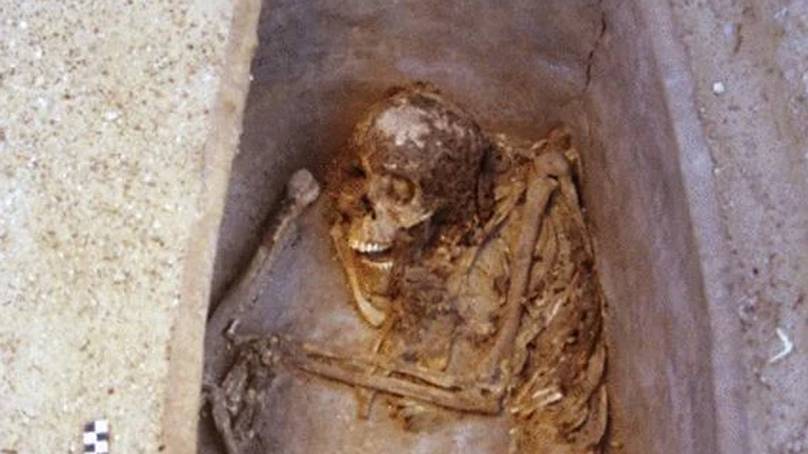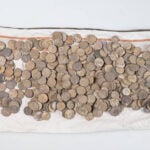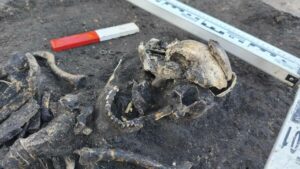Uncovered: Forbidden Rituals Performed on Ancient Egyptian Corpses That Defy History
Ever wonder what really goes down once ancient Egyptians hit the dirt? Turns out, their burial rites were anything but boring—imagine severed limbs carefully arranged and tombs aligned with stars like Sirius, the Dog Star, flashing cosmic cues about life, death, and the Nile’s annual flood. A fresh dive into over 500 tombs by a savvy crew from the University of Toulouse, led by Ameline Alcouffe, has peeled back the dusty curtain on these pre-pyramid rituals that weren’t just grave markers but revolutionary spiritual signposts. These customs morphed into epic myths about gods like Isis and Osiris and fueled the divine status of Pharaohs. So, did these early rites plant the seeds for one of history’s most iconic religions? Spoiler: They probably did, and the details are as chilling as they are fascinating. LEARN MORE
A new study of more than 500 tombs in Egypt’s Nile valley has uncovered gruesome evidence of what happened to bodies after death.
The tombs, which date back long before the construction of the ancient pyramids, have recently been excavated and analysed by a team from the University of Toulouse, leading to a number of shocking discoveries.
The team, led by Ameline Alcouffe, set out to learn more about how the rituals and customs around death evolved into the religious ideas that shaped Ancient Egyptian beliefs, when Pharaoh was considered to be not just a ruler, but a divine figure.
Among their findings, researchers uncovered a particularly unusual burial in Tomb S166: the remains of a teenage girl whose left arm had been ritually severed and carefully placed across her chest.
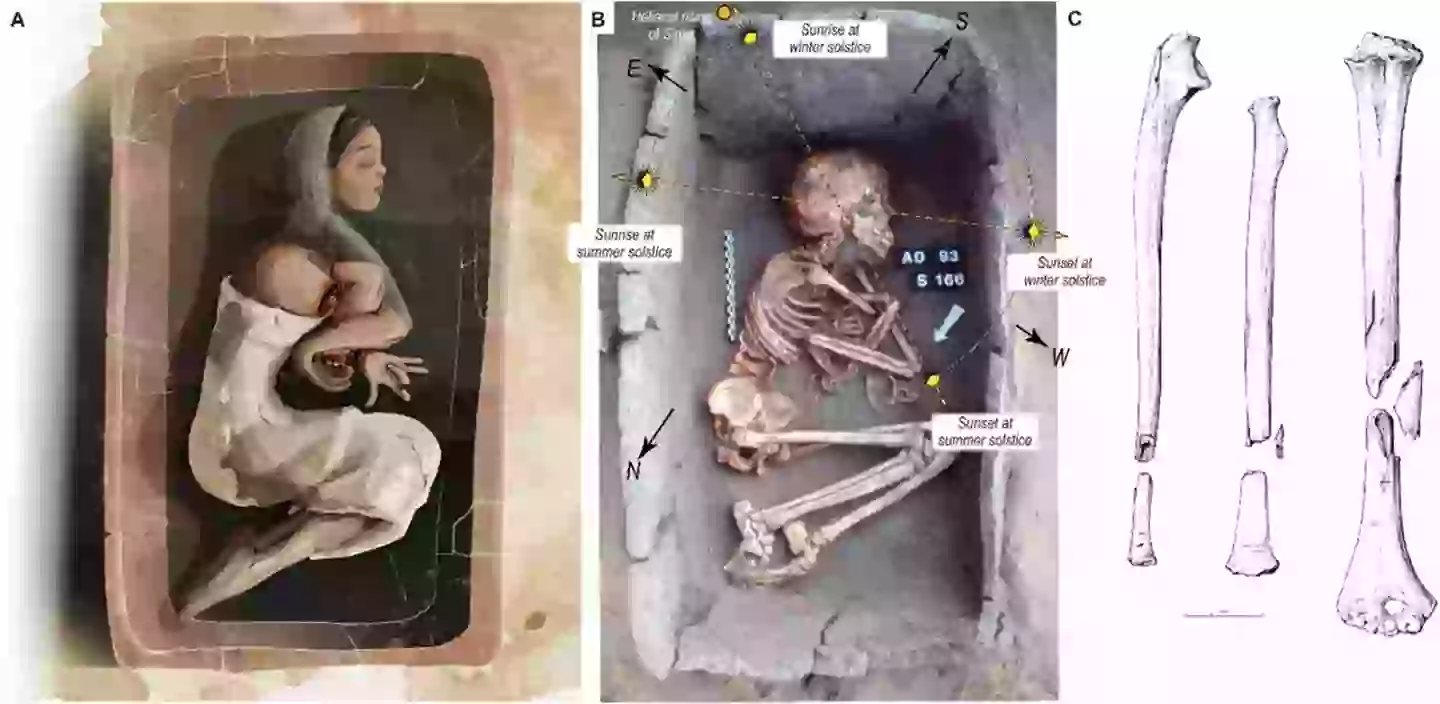
The team made a shocking discovery (A. Alcouffe et al., J. Archaeol. Method Theory)
Her body was positioned to face the setting sun at the winter solstice, while her sarcophagus was aligned with the heliacal rising of Sirius; the brightest star in the sky, associated with the annual flooding of the Nile and otherwise known as the Dog Star.
The researchers noted that this ritual was not purely symbolic, it also marked an early connection between agricultural cycles, celestial events, and emerging beliefs about death, Archaeology News reports.
In another tomb, S837, a woman was buried with fine jewellery and a broken ceramic vessel – objects that reflect themes later seen in the Pyramid Texts; the oldest ancient Egyptian funerary texts.
Meanwhile, Tomb S874 was found containing a woman, a staff and a fibre wig, which was aligned to the summer solstice, marking a notable shift in celestial focus.
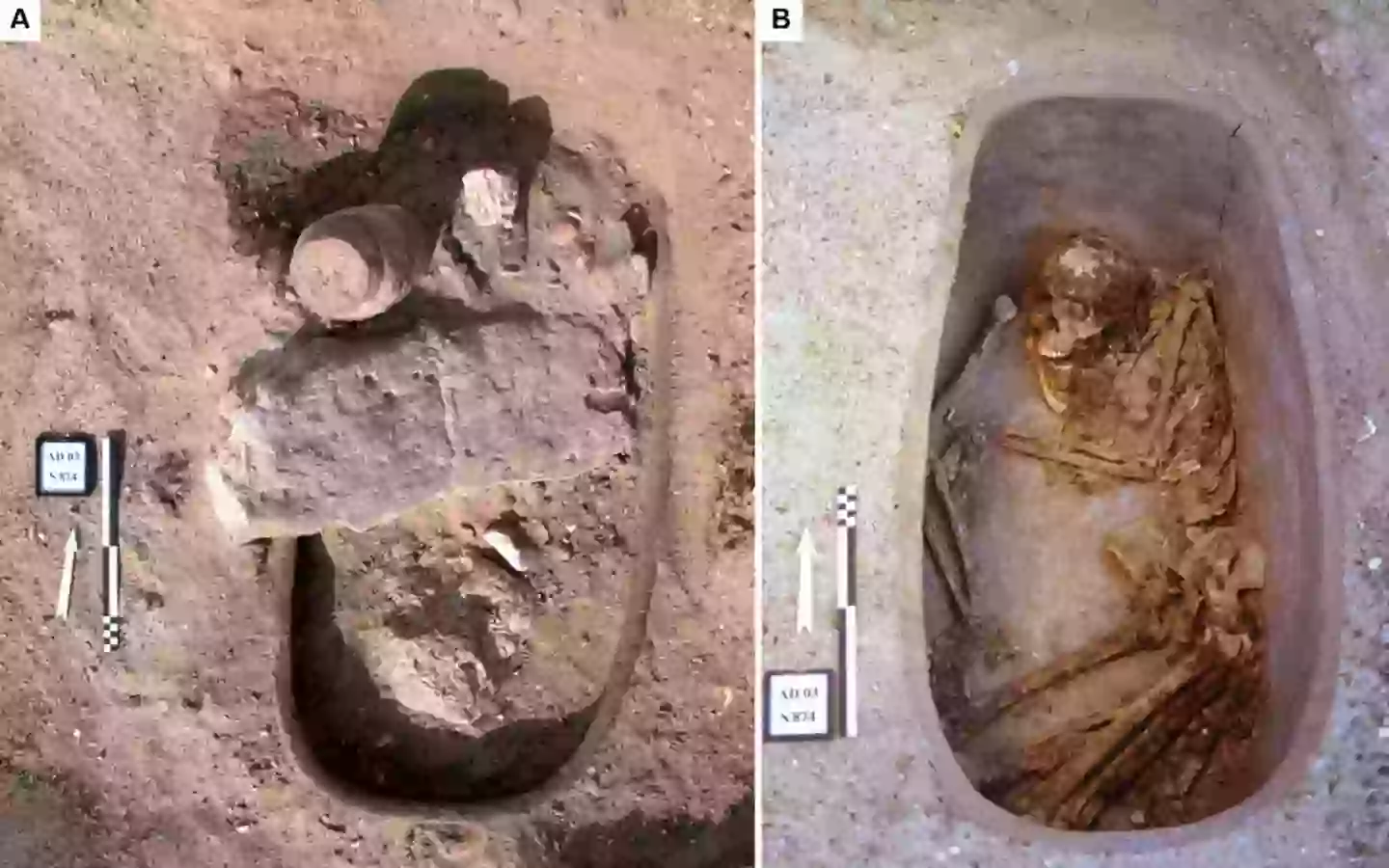
The research shed a lot of light on how religious beliefs were formed in Ancient Egypt (A. Alcouffe et al., J. Archaeol. Method Theory)
The researchers concluded that these particular graves were less connected to the traditional burial practices and proved as ‘innovative’ cultural tipping points towards a new way of thinking.
The study suggests that rituals such as the symbolic removal of body parts were later turned into myths, such as Isis and Osiris, the most important gods in ancient Egyptian mythology. Osiris was the god of the dead, as well as crops and plentiful growth, while his wife and sister Isis was a mother goddess with great powers.
Another example is that of Sirius, which previously served as a signal to farmers to start planting, but went on to become a holy sign linked to rebirth, fertility and the right to rule. When the pharaohs formed the state, they used these long-standing practices, reworked into royal narratives, to create the religious beliefs we know today.
Auto Amazon Links: No products found.
